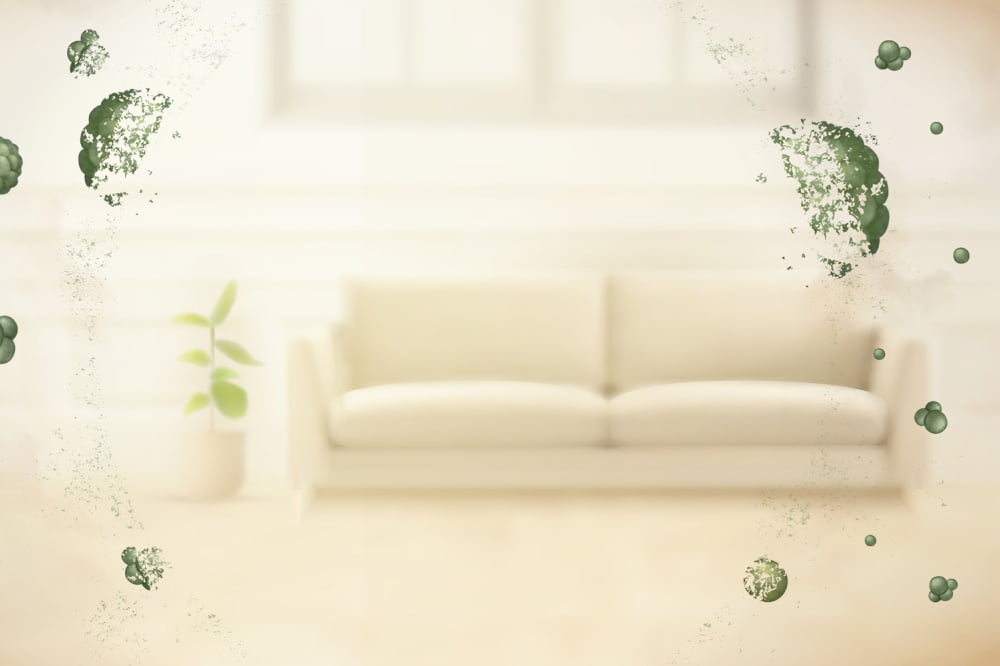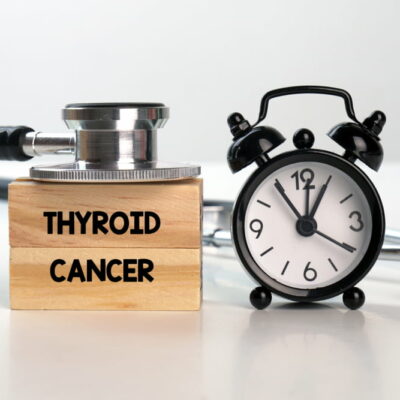
Top 5 Germ-Infested Places at Home
Public washrooms often come to mind when thinking of contaminated spots, but it is not just public places that are exposed to germs. Harmful parasites, bacteria, and viruses are invisible to the naked eye and can be anywhere—in the air, in food, and on surfaces inside homes, causing illnesses like respiratory infections, flu, and food poisoning. So, one should keep an eye on the following places at home where germs may hide:
1. Kitchen
A study suggested that the areas where food is prepared and stored have more bacterial contamination than other places around the home. Further, over 75% of rags and dish sponges had fecal matter, Salmonella, and E. coli, as opposed to just 9% of bathroom faucet handles containing the same microbes. Other surfaces in the kitchen that demand regular cleaning are the refrigerator, coffee maker, cutting boards, countertops, and kitchen sink. So, one can protect themselves from illnesses by:
– Washing their hands every time they touch and handle food
– Washing and changing dish towels every few days
– Soaking sponges in warm water with half a teaspoon of concentrated bleach
– Using disinfectant wipes on the refrigerator surfaces, faucet, and countertops
– Heating damp sponges in the microwave for 60 seconds to kill the bacteria
2. Bathroom
Bathrooms cannot be excluded from the list of contaminated places. Here, toothbrush holders, bathroom faucets, and soap dispensers can harbor harmful bacteria. This contamination is more prevalent in public restrooms. Some viruses, like human herpes virus and human papillomavirus, can be found on bathroom surfaces. So, one should keep their toothbrush holder clean by tossing it in the dishwasher (if it is dishwasher-safe). Alternatively, one can wash it with hot soap water every few days. One must also clean bathroom surfaces with dish soap and wash the faucets at least once a week.
3. Spice jars
Studies suggest that while cooking, one can transfer bacteria to spice jars. To prevent this, one should wash their hands before handling any raw food and cooking. In addition, one must use a soapy, hot cloth or disinfectant wipes to clean the spice jars regularly.
4. Sink and garbage disposal
Leftover bacteria in the skin can find their way onto food and utensils if one is not vigilant, particularly when washing vegetables. Studies suggest the kitchen sink has over 500,000 bacteria (approximately 1,000 times more than a toilet seat). While the disposal’s metal part yields ions that kill the germs, they still grow on the crevices in and around the rubber stopper. It means that the disposal can be a breeding ground for the bacteria, contaminating whatever comes in contact with it, including hands, utensils, and dishes. So, one should clean the disposal’s rubber stopper at least once every seven days to keep bacteria away. In addition to soap and water, one can consider cleaning with a diluted bleach solution.
5. Computer keyboard
Bacteria on the hands, skin, and fingernails can transfer to the keyboard. Further, eating over the computer keyboard is a common way to encourage bacterial growth on the surface. So, one should keep the keyboard clean by wiping it with disinfectant wipes. Further, one should always wash their hands before they start working to prevent transferring bacteria onto the keyboard.
Identifying germ hotspots at home can help one take timely action and prevent disease spread.


